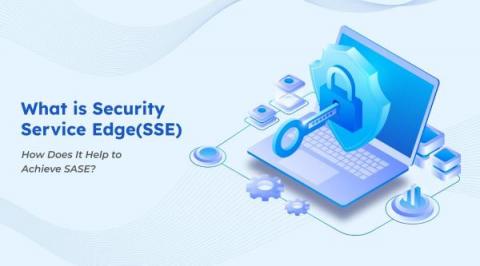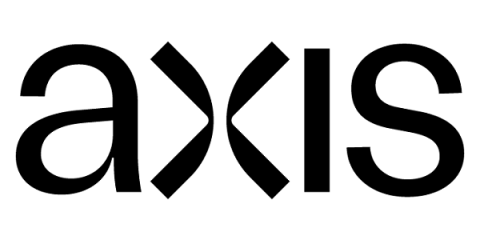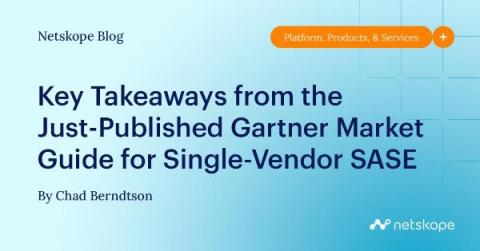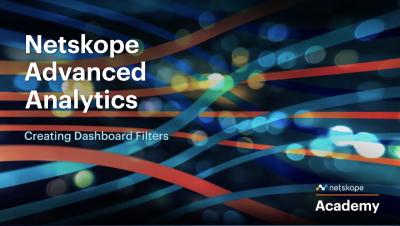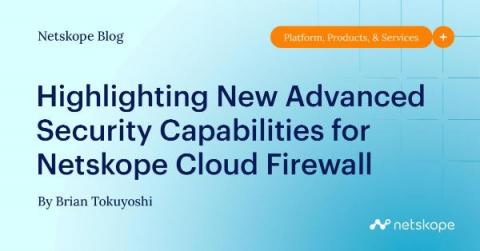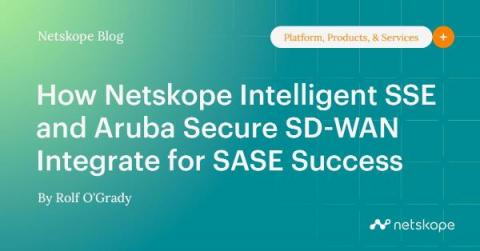What is Security Service Edge(SSE) and How Does It Help to Achieve SASE?
Every technology has its downside. Likewise, internet use also has its drawback of cyber threats, which we already know. All the companies are struggling to secure their virtual assets from cyber-attacks to run a successful business. But the threat possibilities are worsening with new concepts like working from remote locations and cloud computing.


